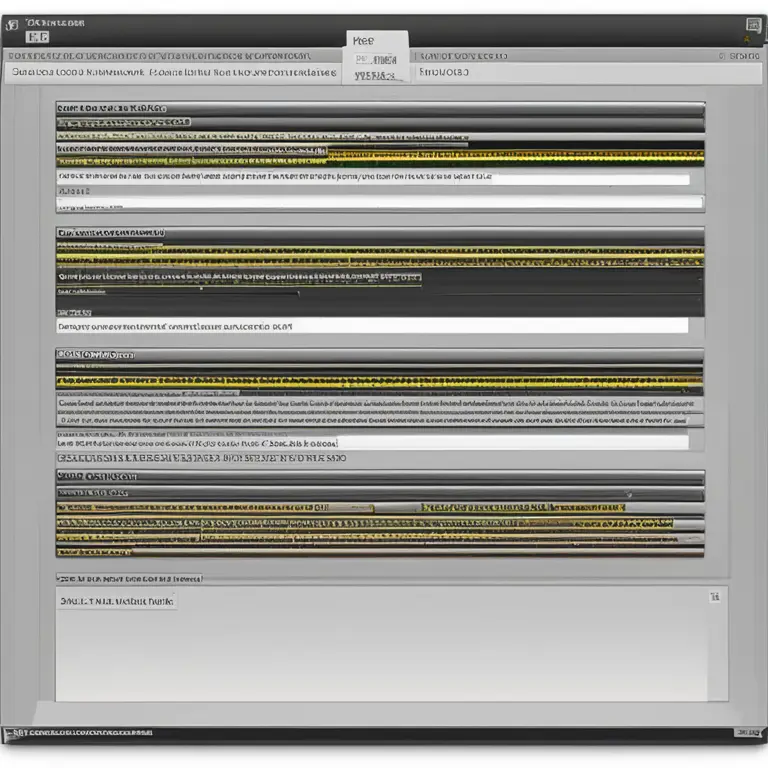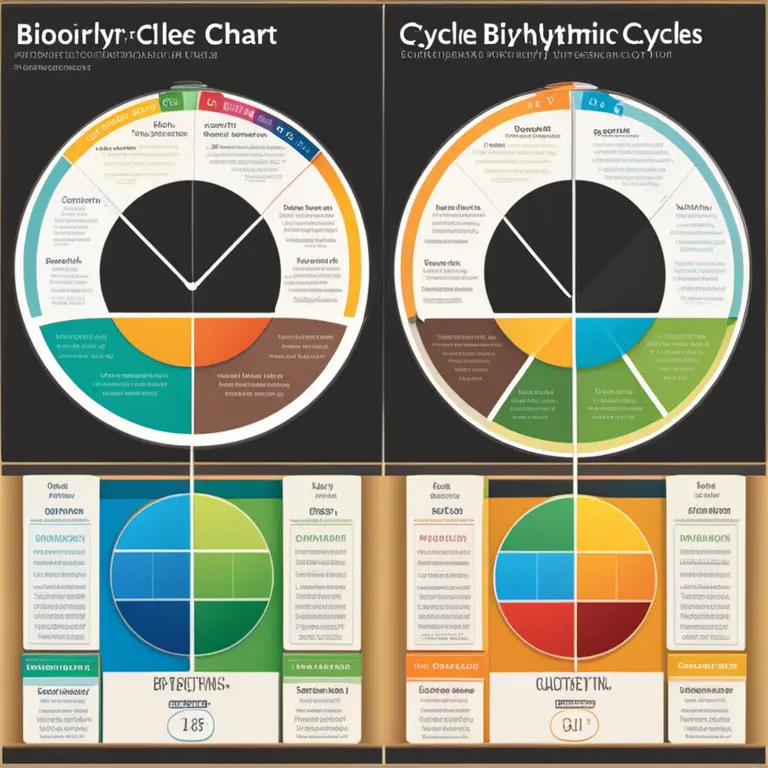
The Accuracy of Biorhythms: Fact or Fancy?
An in-depth look at the reliability of biorhythms to forecast personal well-being and decision-making.
article by Adrian Wallace
Defining Biorhythms and Their History
Biorhythms are a concept introduced in the late 19th century by Wilhelm Fliess, a contemporary of Sigmund Freud. The theory suggests that three fundamental cycles—a physical, an emotional, and an intellectual cycle—affect our daily lives. These cycles are believed to start at birth and to oscillate in predictable patterns, influencing various aspects of our behavior and well-being. Proponents of the biorhythm theory contend that by mapping these cycles, one can anticipate periods of high performance or potential challenges.

Biorhythmic Cycles Explained
Each biorhythmic cycle has a different duration: the physical cycle lasts 23 days, the emotional cycle 28 days, and the intellectual cycle 33 days. Advocates argue that by calculating the intersection of these cycles, individuals can achieve greater insight into their personal affairs ranging from career to emotional stability. The interplay of these cycles is used to produce a biorhythm chart, which some believe can predict periods of optimal performance or susceptibility to stress and illness.

Scientific Scrutiny and Debate
Despite its appeal to those interested in self-optimization, scientific scrutiny of biorhythms has raised significant doubt about their accuracy. Numerous studies conducted throughout the years have found little evidence supporting the connection between biorhythmic patterns and actual life events or personal well-being. Critics argue that any correlations are coincidental or the result of cognitive biases such as confirmation bias, where individuals recall events that support the theory and disregard those that do not.

User Experiences and Placebo Effects
On the other hand, anecdotal evidence from individuals who track their biorhythms suggests that they might notice patterns or derive some personal value from the practice. Psychologists posit that this could be a result of the placebo effect—when the belief in the efficacy of a method actually brings about positive changes in the individual. Thus, while biorhythms may not pass scientific muster, some individuals report subjective benefits derived from their use.

Biorhythms in Modern Times
As we move into 2024 and beyond, technological advancements have made tracking biorhythms easier through various apps and online services. The convenience may contribute to a renewed interest in the concept of biorhythms, particularly among those seeking personal insights and a sense of control over their lives. Astrological forecasts and horoscopes have similarly seen a digital resurgence, with individuals looking for guidance in an ever-changing world.
Future Outlook and Considerations
The value of biorhythms may ultimately rest on subjective individual experiences rather than broadly applicable scientific validation. Future research might continue to investigate the connection between biorhythms and well-being, but as of now, the consensus in the scientific community remains skeptical. Users of biorhythm-based services should approach such systems with an understanding of the current scientific perspective and utilize them as part of a larger toolkit for personal development and self-reflection.
Published: 1/30/2024
Modified: 1/30/2024
More predictions
Come back here soon to learn more about yourself and your future


Biorhythms Compatibility Calculator: Finding Synergy
Delve into the intriguing world of biorhythms and discover how a compatibility calculator can help assess the synchronicity of life's natural cycles between individuals.


Biorhythm Compatibility: The Sync of Life Rhythms
Discover the role of biorhythm compatibility in relationships, and how syncing life rhythms can influence personal connections.


Harmonize Your Relationships with a Biorhythms Compatibility Calculator
Discover how a biorhythms compatibility calculator can help fine-tune your personal connections and foster deeper understanding in relationships.